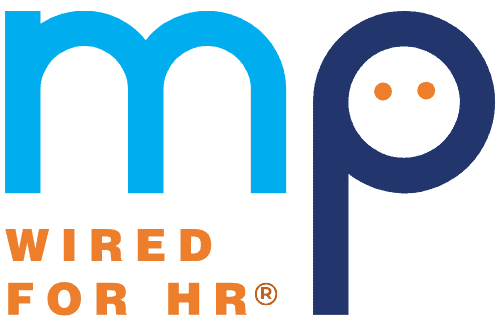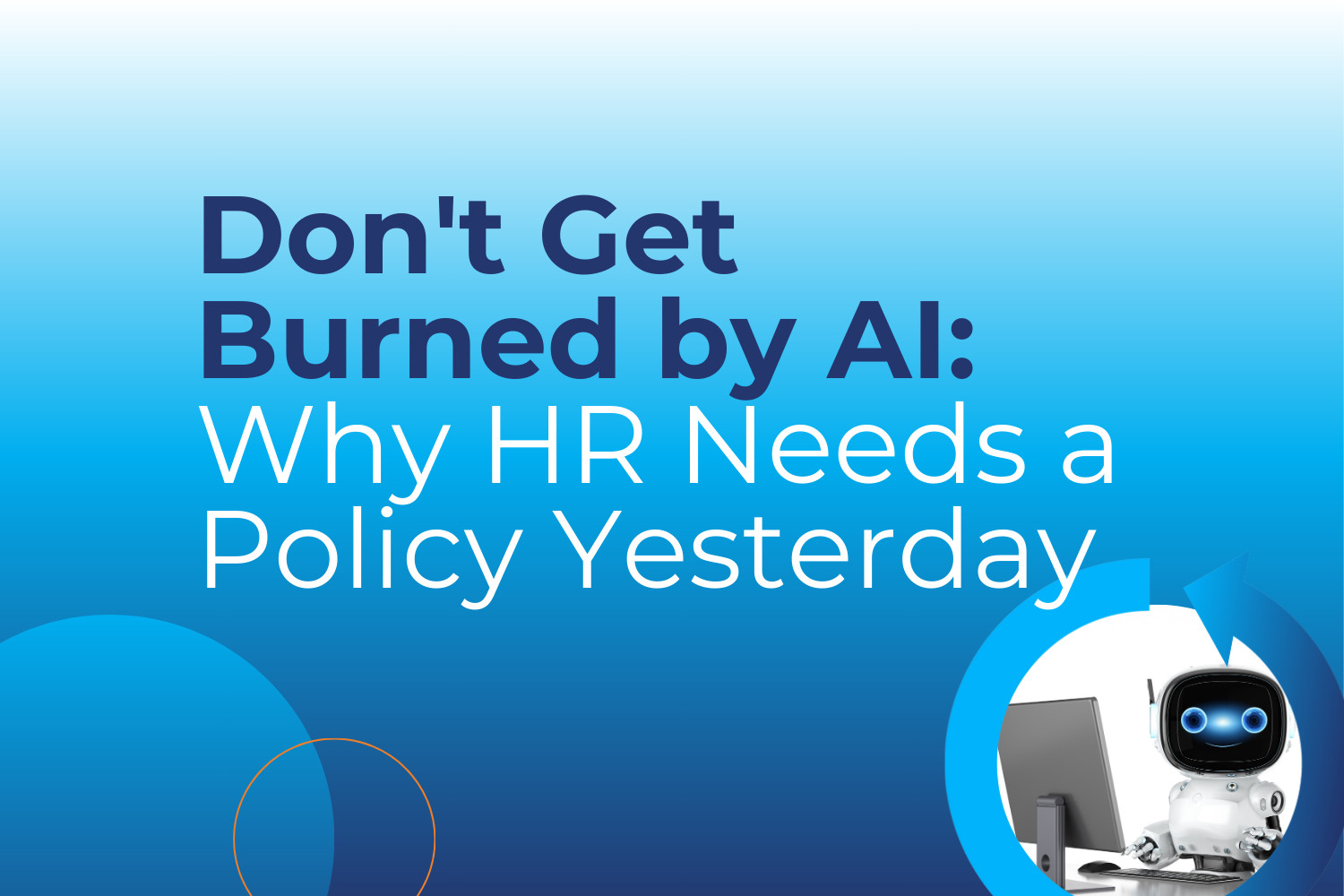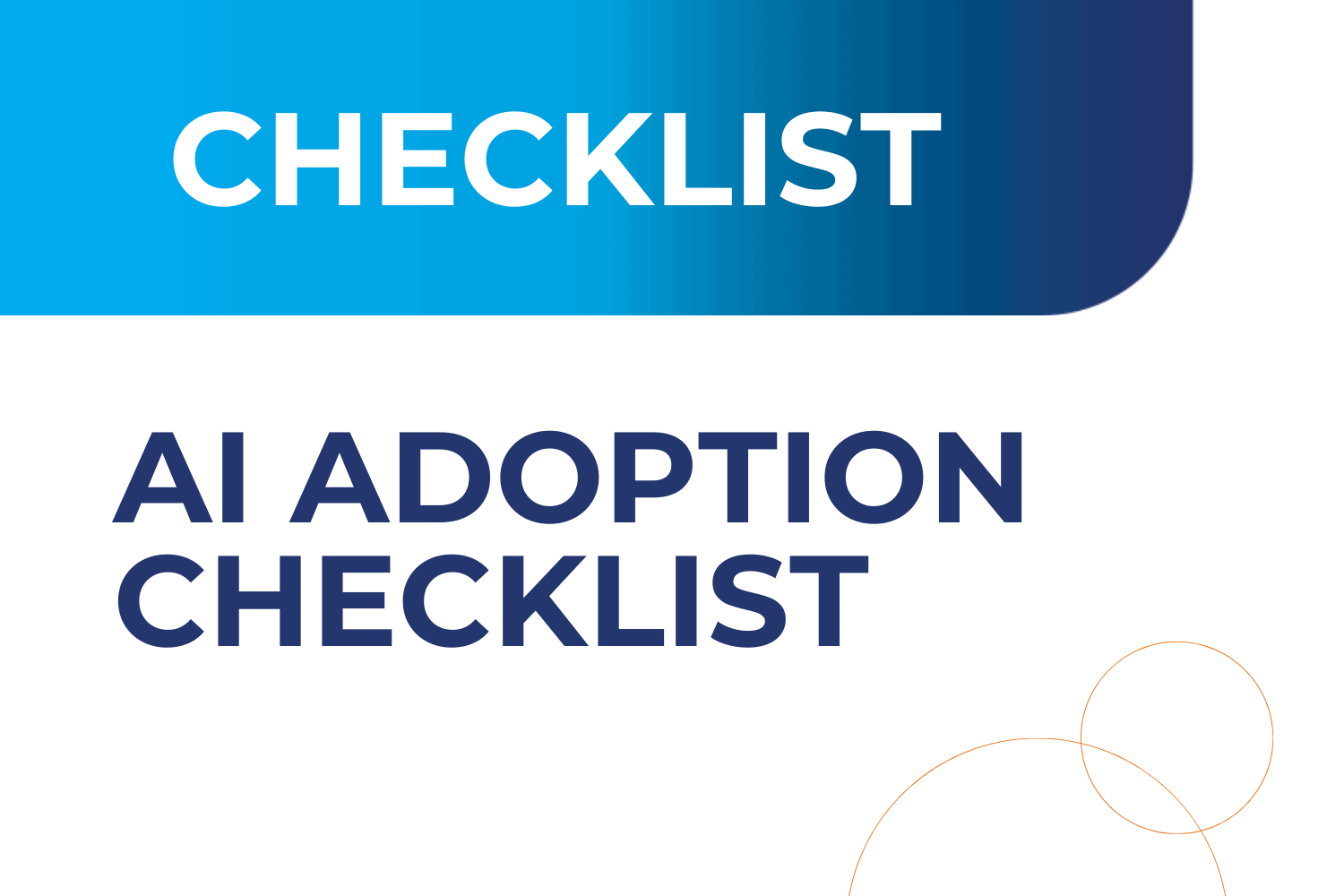7 Vital Steps to Avoiding an FMLA Audit
March 16th, 2022

Among their 2022 initiatives, employers should prioritize Family Medical Leave Act (FMLA) compliance. The Department of Labor (DOL) has recently announced that in 2022 (and beyond), it will be increasing FMLA audits on employers. If the DOL finds FMLA technical violations or noncompliant FMLA forms, employers may face costly consequences. Additionally, they may also have to handle other kinds of audits from the DOL, including wage and hour. MP’s HR experts share seven vital steps to avoid an FMLA audit.
7 Vital Steps to Avoid an FMLA Audit
1. Thoroughly review your FMLA policy.
Update your FMLA policy in your employee handbook. It should include:
- Eligibility requirements
- Reasons employees may take FMLA leave
- A definition of the organization’s 12-month FMLA leave year
- Requirements for bonding leave for the birth of a child
- Requirements for bonding leave taken for foster care or adoption
- Call-in procedures
- Substitution of paid leave
- Employees’ obligations in the FMLA process
- Medical certification procedures
- Explanation of intermittent leave
- Benefit rights during leave
- Fitness for duty certifications
- Outside work prohibitions during FMLA leave
2. Review FMLA practices and procedures with an employment lawyer or an HR expert.
Employers should work with an employment lawyer or an HR compliance expert, such as the ones at MP, to review all FMLA procedures. These are some guiding questions to start with:
- How do managers respond when an employee reports an absence that could qualify for FMLA? Do they ask questions to determine if FMLA may apply?
- Do all requests for leave reach the appropriate manager or human resources department, even if the employee doesn’t specifically ask about FMLA?
- Are you correctly designating FMLA leave?
- Do you provide timely notice to employees whom you’ve offered
FMLA leave? - Do you comply with FMLA regulations for seeking medical certification, contacting health care providers to clarify certification, etc.?
- Are your procedures for contacting employees on FMLA leave compliant?
- Does your organization seek recertification within time periods allowed by FMLA regulations?
- Are your procedures for seeking fitness-for-duty certifications from employees returning from FMLA leave compliant?
- Are you calculating increments of intermittent leave in a compliant manner?
3. Meet employer posting requirements.
Employers must put the DOL’s FMLA poster (which can be obtained here) in a prominent location where employees and job applicants may easily see it. If an employer has remote employees, they must share the poster in a compliant manner. This might mean posting it to an intranet everyone frequently uses, emailing it, adding it to an employee section on their website, or a combination of these tactics. Employers must share the poster in a manner that allows everyone to see it easily. Posting it somewhere employees rarely visit, or only emailing it once, is insufficient.
4. Confirm FMLA forms are compliant.
Ensure your forms are all updated and compliant with FMLA regulations. These will include a:
- Notice of eligibility
- Notice of rights and responsibilities
- Certification forms
- Designation notice
5. Develop compliant FMLA correspondence.
Create communications regarding key FMLA topics for employees. These must also be compliant with FMLA requirements, and the DOL would review them during an audit. These communications should discuss:
- Certification
- Recertification
- Failure to provide certification
- Insufficient or incomplete certification
- Employees’ return to work and second/third opinions
6. Tighten your record-keeping.
Employers must maintain records for at least three years with FMLA data. They must keep these records separate from personnel files and include:
- Employee’s identifying information
- Dates of FMLA leaves and attendant payroll data
- Amounts of FMLA hours, days, or weeks taken
- Copies of relevant forms, including employer and employee FMLA notices, certification forms, benefit documents, and any paper trails regarding disputes over FMLA leave designations
7. Provide managers with training.
It’s critical to train all managers and HR employees at all levels on FMLA and the organization’s specific policies and procedures. Leaving these employees untrained deeps risk and exposure for an organization. Managers and HR departments should be prepared for:
- Daily interactions related to FMLA, including how to handle FMLA requests, or knowing when to suggest FMLA leave—even if an employee doesn’t explicitly request it
- Ensuring their actions never trigger concerns or claims about retaliation
- FMLA audits from the DOL
- Legal action regarding FMLA, including lawsuits or threats of lawsuits

Recent Posts
- Tools and Strategies for Fostering a Psychologically Safe Workplace
- Legal Responsibilities and the Role of Leadership in Mental Health Support
- Leadership’s Role in Supporting Employee Mental Health
- The Mental Health Crisis in the Workplace and Why Employers Can’t Ignore It
- Michigan’s Sick Leave Law Just Changed—Here’s What Employers Need to Know in 2025
Categories
- ACA (10)
- AI (6)
- BizFeed (6)
- Business Strategy (119)
- COBRA (5)
- Compliance (216)
- COVID-19 (92)
- Diversity (12)
- eBooks (19)
- Employee Engagement (33)
- Employee Handbooks (24)
- ERTC (29)
- FFCRA (7)
- HR (306)
- MP Insider (13)
- Payroll (136)
- PFML (9)
- PPP (24)
- PTO (5)
- Recruiting (53)
- Remote Work (39)
- Return to Work (32)
- Unemployment (1)
- Wellness (22)
Archives
- July 2025
- June 2025
- May 2025
- April 2025
- March 2025
- February 2025
- January 2025
- December 2024
- November 2024
- October 2024
- September 2024
- August 2024
- July 2024
- June 2024
- May 2024
- April 2024
- March 2024
- February 2024
- January 2024
- December 2023
- November 2023
- October 2023
- July 2023
- June 2023
- May 2023
- April 2023
- March 2023
- January 2023
- December 2022
- October 2022
- September 2022
- August 2022
- July 2022
- June 2022
- May 2022
- April 2022
- March 2022
- February 2022
- January 2022
- December 2021
- November 2021
- October 2021
- September 2021
- August 2021
- July 2021
- June 2021
- May 2021
- April 2021
- March 2021
- February 2021
- January 2021
- December 2020
- November 2020
- October 2020
- September 2020
- August 2020
- July 2020
- June 2020
- May 2020
- April 2020
- March 2020



